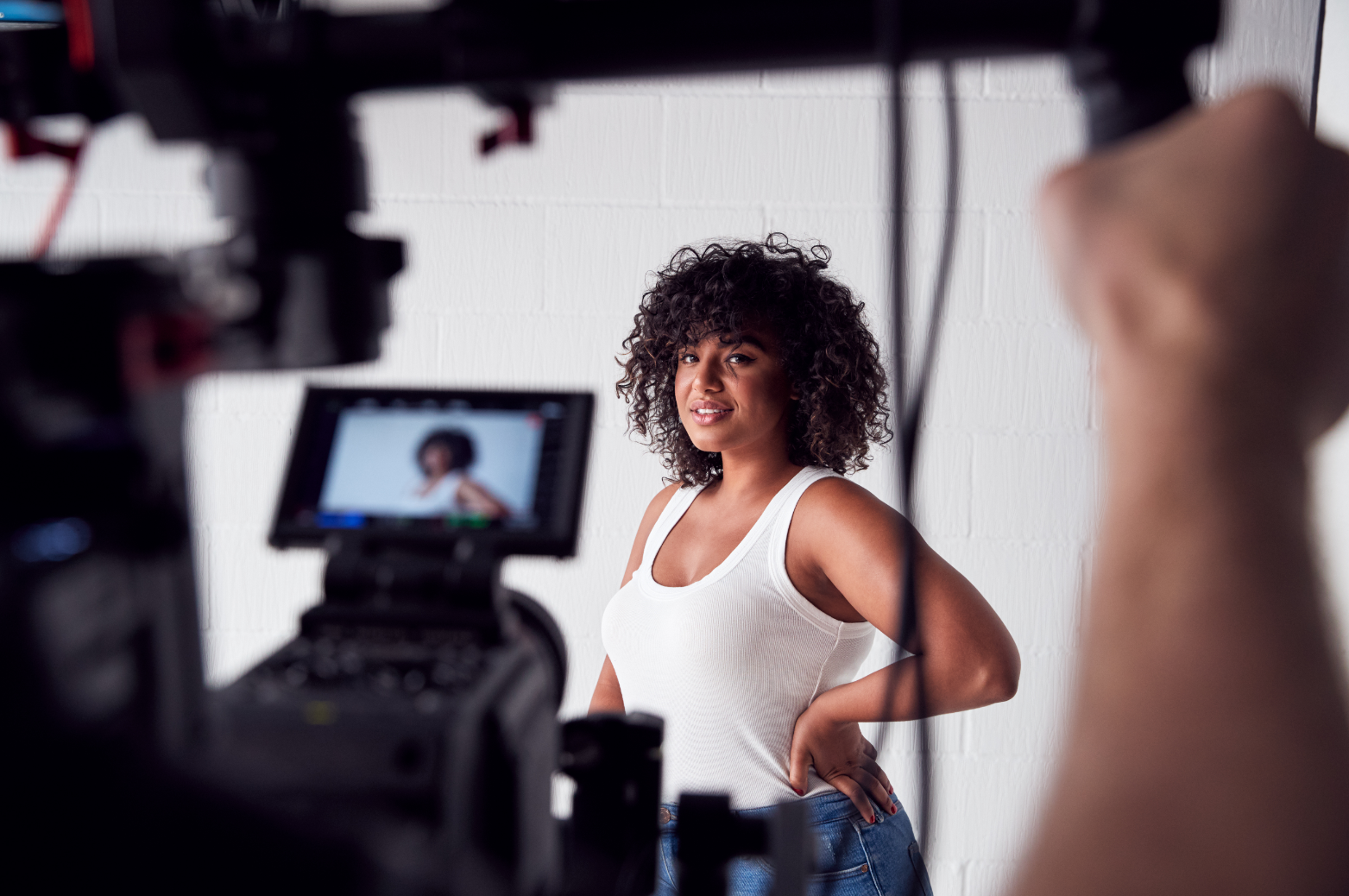Elevate Your Film: Pro Color Grading Strategies
Color grading. It's often the final touch, the secret ingredient that transforms a good film into a visually stunning masterpiece. But it's more than just applying a filter. It's about shaping the mood, guiding the audience's eye, and reinforcing the narrative. Think of it as the film's visual soundtrack, working in harmony with the music, dialogue, and acting to create a truly immersive experience. It can be daunting, but with the right strategies, you can elevate your film's visual impact and tell a more compelling story.
In this post, we'll delve into the core principles of professional color grading, providing you with actionable strategies you can implement in your next project. Whether you're a seasoned filmmaker or just starting out, understanding these techniques will unlock a new level of creative control and allow you to bring your cinematic vision to life.
Understanding the Fundamentals: Before You Even Start
Before you even open your color grading software, it's crucial to lay the groundwork for a successful grading session. This begins long before post-production, starting with careful planning during pre-production and meticulous execution during filming. Think about your film's overall tone and how color can support that vision. A dark and gritty crime drama will require a different approach than a vibrant and whimsical comedy.
Shooting in a flat or log color profile (like S-Log, V-Log, or CineD) is essential. These profiles capture a wider dynamic range, giving you more flexibility in post-production to recover highlights and shadows without introducing artifacts. Ensure your camera is properly exposed and that your white balance is accurately set on set. While you can fix minor issues in post, correcting significant exposure or color temperature problems can be time-consuming and compromise image quality. Think of it as building a solid foundation – the better the raw footage, the better the final result will be.
Finally, organize your footage. Group shots by scene or location. This makes it easier to apply consistent looks and make adjustments efficiently. Proper organization will save you hours in the grading suite and prevent headaches down the line.
Crafting the Look: Mastering the Primary Corrections
Primary corrections are the foundational building blocks of any grade. They involve adjusting the overall exposure, contrast, and color balance of your footage. Think of this as making sure all your shots are a level playing field before you start adding creative flair. The goal here is to achieve a consistent and natural-looking image across all your clips.
Start with exposure. Use waveforms and histograms to ensure your blacks aren't crushed and your highlights aren't clipped. Adjust the contrast to add depth and separation to your image. Then, focus on color balance. Use scopes like vectorscopes to identify any color casts and correct them using white balance tools. Aim for neutral skin tones and natural-looking environments. Remember, subtle adjustments are key. Overdoing primary corrections can easily lead to an unnatural or artificial look. For example, if you're working on a shot that's underexposed, slowly increase the exposure until you see details in the shadows. Avoid pushing the exposure too far, as this can introduce noise.
A great tip is to use the "offset" or "lift/gamma/gain" wheels in your grading software. These allow you to adjust the shadows, midtones, and highlights independently. Practice using these controls to fine-tune your image and achieve a balanced and pleasing result. Don't be afraid to experiment and see how each adjustment affects the overall image.
Adding the Magic: Secondary Color Grading and Look Development
Once your primary corrections are in place, it's time to get creative with secondary color grading. This involves making specific adjustments to isolated areas of the image, such as skin tones, skies, or specific objects. Secondary grading allows you to fine-tune the look and feel of your film, enhance certain elements, and guide the viewer's eye.
Use qualifiers (also known as keys or mattes) to isolate specific colors or luminance ranges. For example, you might use a qualifier to select all the blue in the sky and then adjust its saturation or hue. Or, you might select skin tones and apply a subtle warming effect to make them look more healthy and vibrant. Power windows (masks) are another powerful tool for secondary grading. These allow you to create shapes and selectively apply adjustments to specific areas of the frame. For instance, you could use a power window to darken the edges of the frame, drawing the viewer's attention to the center.
Developing a "look" for your film is where the real magic happens. This involves creating a consistent aesthetic that ties all the shots together. Experiment with different color palettes, contrast levels, and film emulation techniques to achieve the desired mood. Services like LUTs (Lookup Tables) can be useful starting points, but don't rely on them blindly. Adjust the LUTs to suit your specific footage and vision. Remember to keep the narrative in mind and use color to enhance the story you're telling. For example, you might use warm tones to create a sense of nostalgia or cool tones to evoke a feeling of isolation.
Maintaining Consistency: The Key to a Professional Finish
One of the biggest challenges in color grading is maintaining consistency across all your shots. Even with meticulous planning and execution, variations in lighting, camera angles, and performance can create inconsistencies that need to be addressed in post-production. The goal is to create a seamless and cohesive visual experience for the viewer.
Use reference stills. Save examples of your favorite looks and compare them to your current grade. This helps you stay on track and avoid drifting too far from your initial vision. Copy and paste grades. If you've created a look that you like for one shot, copy the grade to other similar shots. Then, make minor adjustments to account for any differences in lighting or composition. Use group grades. Most grading software allows you to create groups of clips and apply adjustments to the entire group. This is a great way to make global changes to multiple shots at once. Always review your work in context. Watch your film from start to finish to ensure that the color grading is consistent and that the overall look and feel is working. It's easy to get lost in the details, so stepping back and seeing the big picture is essential.
Pay attention to skin tones. Skin tones are one of the most important elements to keep consistent. Use vectorscopes to monitor skin tones and ensure they are within a natural range. Subtle variations are acceptable, but drastic differences can be distracting. Consider using a color checker during filming. This will provide you with a reliable reference point for color correction in post-production.
Conclusion
Color grading is a powerful tool that can transform your film from a collection of shots into a cohesive and visually stunning work of art. By understanding the fundamentals, mastering the techniques, and paying attention to consistency, you can elevate your film's impact and tell a more compelling story. And remember, continuous learning and experimentation are key to honing your skills and developing your unique style. Don't be afraid to try new things, push the boundaries, and discover what works best for you.
If you're looking for expert assistance to take your film to the next level, don't hesitate to reach out to us at FilmBaker. We offer a range of color grading services tailored to your specific needs and budget. Let us help you bring your cinematic vision to life!



